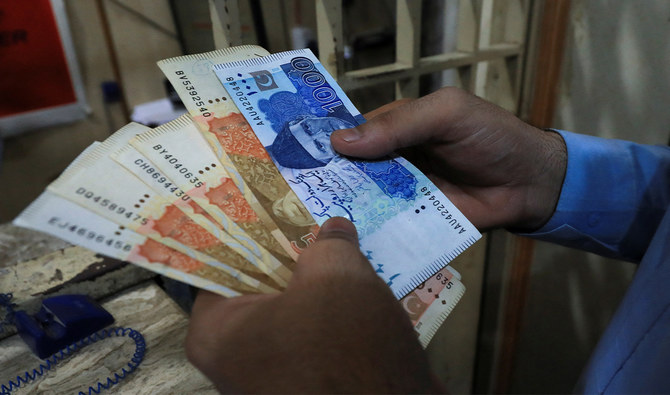The federal government borrowed Rs145.34 billion from banks between July 1 and July 26, a drop of 78.37% compared to Rs671 billion borrowed during the same period last year, according to the latest data from the State Bank of Pakistan (SBP).
This offers some relief to the government on the domestic debt servicing burden. While one month’s borrowing figures may not fully indicate future trends, if the government continues to keep borrowing in check and interest rates decline, it could further ease the domestic debt burden.
In FY2024, Pakistan managed to limit its budget deficit to 6.8% of GDP, or Rs7.2 trillion, down from 7.7% or Rs6.5 trillion the previous year. The primary balance improved as well, recording a surplus of 0.9% of GDP, compared with a deficit of 1.0% in FY2023.
This fiscal discipline was supported by increased petroleum levy, central bank profits, and reduced development expenditures.
Despite these positive developments, managing the country’s debt remains a significant challenge, particularly given the high cost of interest payments. Last fiscal year, the government borrowed a record Rs8.5 trillion from banks, up from Rs3.72 trillion in FY2023.
Last month, the SBP reduced its key interest rate by 100 basis points to 19.5%, marking the second consecutive rate cut and bringing the total reduction to 250bps since June.
However, the risk to Pakistan’s debt sustainability remains high due to the country’s substantial financing needs and difficulties in securing external funding. The government has received assurances from China, Saudi Arabia, and the United Arab Emirates to roll over debt for a year and is awaiting final approval for a new $7 billion loan program from the International Monetary Fund.
In July, despite economic stabilisation and the start of monetary easing, no new borrowing from the private sector was recorded, with businesses paying off Rs327 billion to banks, compared to Rs171.12 billion in the same month last year.























